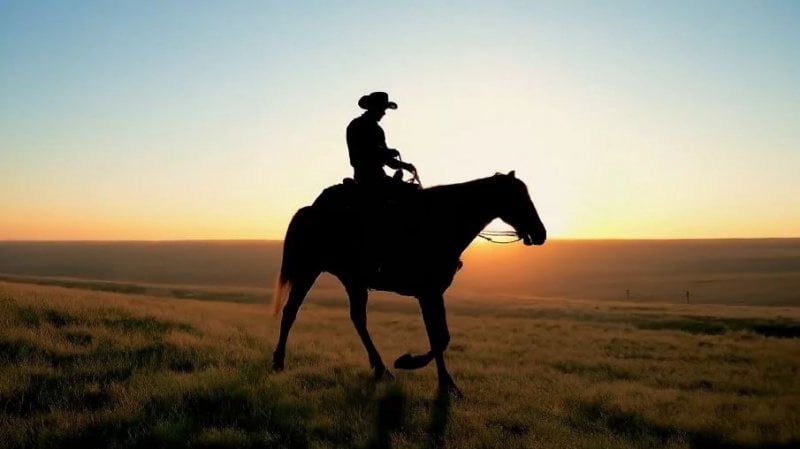Google didn’t wait any longer: yesterday it announced Veo, a text-to-image AI that is preparing to compete on the same level as Sora.
Yesterday’s Google I/O event focused primarily on showcasing the latest advances in computer-powered technology.artificial intelligence.
Among the most important innovations presented by the Mountain View giant, Veo stands out: the latest and most advanced technology for AI-powered video creation developed by Sundar Pichai and his team.
Thus, while OpenAI on Monday tried to raise the bar with the new version of its language model, GPT-4o, Google responded three months later to the launch of Sora, entering into competition in the field of advanced text-to-text models image for generating high definition videos.
Born for cinema
Google has stated that videos produced with Veo will be more cohesive and detailed than those created with other similar tools.
Part of this benefit will come from users’ ability to intervene on the generated content.
It will be possible to extend the duration of videos with a simple click, as well as perfecting the results obtained previously.
The company claims that Veo will allow users to create high quality 1080p clip that exceed 60 seconds in duration.
It is expected that it can be used, in addition to text prompts, by recognizing images and videos, thus demonstrating its versatility.
Veo is able to adopt a wide range of cinematic styles and understand natural language, which means it can interpret a variety of technical terms, such as “time-lapse” and “aerial shots of a landscape.”
The model learns and understands the content of a video, renders high-definition sound and images, and simulates real-world physics, trying to deliver an immersive and realistic experience.
We will see
Demis Hassabis, CEO of Google DeepMind, was enthusiastic about Veo’s possibilities to further improve videos obtained through the use of additional prompts.
Beyond that, Google is exploring additional features to allow the AI to produce storyboards and longer scenes, thus expanding the creative possibilities of the model.
However, Veo’s availability will initially be limited to select creators via a private preview within VideoFX.
Registration for the waitlist is already open, but Google warned that membership is limited by region.
Veo currently marks the highest point in the evolution of Google’s video generation models.
Meanwhile, OpenAI is actively promoting Sora in Hollywood and plans to make it available to the public later this year, directly in video editing applications like Adobe Premiere Pro.
Furthermore, the plans are for audio integration to enrich the videos generated.
With the ever-increasing interest in video generation tools, both Veo and Sora are looking to surprise the public.
However, OpenAI’s early lead in the market could make the competition more challenging for Google’s project.
#Google #unveiled #Veo #AIpowered #video #generator #compete #OpenAIs #Sora
